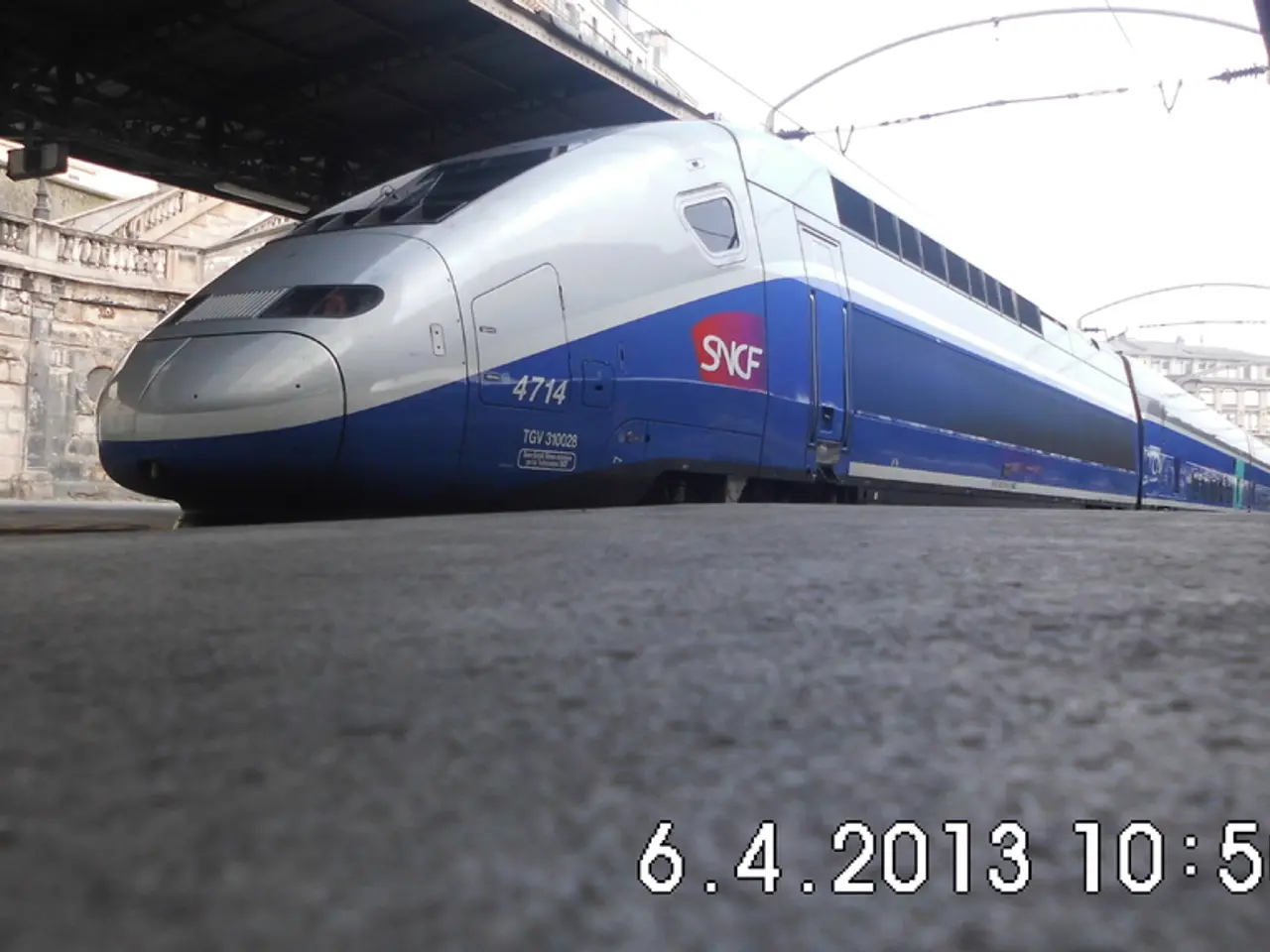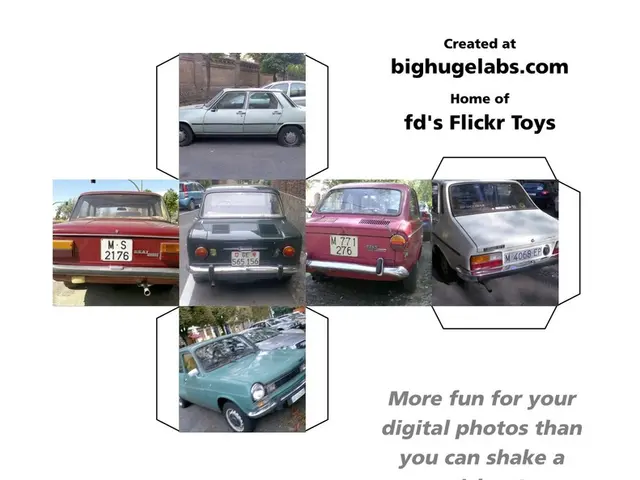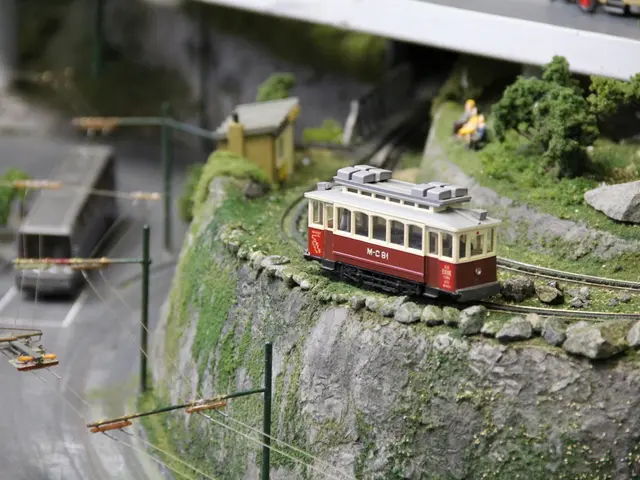Swift State-of-the-art Acela Trains Making Their Way to the U.S., Arriving Amidst Challenging Circumstances
The NextGen Acela high-speed train, a significant evolution of American high-speed rail service, is set to begin passenger service on August 28, 2025. This marks a major step forward in U.S. high-speed rail, promising faster, more comfortable, and higher-capacity travel on the East Coast.
With an initial rollout of five trainsets on the Northeast Corridor between Washington, D.C., New York City, and Boston, a full fleet of 28 trainsets is expected to be phased in by 2027. Despite facing development challenges, extensive testing and modifications have addressed many of these problems, ensuring a smooth launch.
The NextGen Acela offers a 27% increase in seating capacity per departure. It boasts faster speeds of up to 160 mph, achieved through an enhanced dynamic tilting system that allows carriages to lean into curves on the corridor's twisting track, reducing speed loss on turns. Passengers can look forward to upgraded amenities including free high-speed 5G Wi-Fi, power outlets, and modern interiors.
Politically and economically, the trainset production supported approximately 15,000 U.S. jobs, with manufacturing largely based in New York and involving suppliers across 29 states. The project cost around $2 billion, reflecting significant federal investment in modernizing the Northeast Corridor.
The French-designed, American-manufactured NextGen Acela promises an American rail renaissance amidst federal efforts to cut government costs. Other notable developments include a generational overhaul of America's third-busiest passenger hub, 30th Street Station, which is receiving a new food court, exterior plaza, shops, and underground access to rapid transit.
The NextGen Acela's launch comes at a time when Amtrak is fighting for its existence due to diminished political will for passenger rail. Despite technical flaws that delayed the project by about three to four years and increased costs, its imminent launch promises a brighter future for American high-speed rail.
The NextGen Acela's arrival is a testament to the enduring love-hate relationship between America and fast trains. Tracing back to October 1964, when Japan opened its Shinkansen high-speed line, early attempts at high-speed rail in America, such as the TurboTrain and Metroliner, were often viewed as resounding failures. However, they were popular among northeastern riders, setting the stage for the NextGen Acela's arrival.
References:
[1] Amtrak. (2023). NextGen Acela. Retrieved from https://www.amtrak.com/nextgenacela
[2] The Verge. (2023). Amtrak's NextGen Acela high-speed train is finally coming in 2025. Retrieved from https://www.theverge.com/2023/3/13/22985106/amtrak-nextgen-acela-high-speed-train-2025-debut
[3] CNN. (2023). Amtrak's NextGen Acela high-speed train to debut in 2025. Retrieved from https://www.cnn.com/2023/03/13/us/amtrak-nextgen-acela-high-speed-train-debut-2025/index.html
[4] Politico. (2023). Amtrak's NextGen Acela high-speed train to cost $2 billion. Retrieved from https://www.politico.com/news/2023/03/13/amtrak-nextgen-acela-high-speed-train-cost-2-billion-00070172
[5] Washington Post. (2023). Amtrak's NextGen Acela high-speed train faces delays and technical challenges. Retrieved from https://www.washingtonpost.com/business/2023/03/13/amtrak-nextgen-acela-high-speed-train-delays-technical-challenges/
- Gizmodo reported on the NextGen Acela high-speed train, a significant milestone in American high-speed rail technology, set to begin service in August 2025.
- The launch of the NextGen Acela signals a major shift in the tech and transportation industries, with future possibilities for faster, more comfortable travel in the U.S.
- Despite initial development challenges and delays, the project's extensive testing and modifications have ensured a smooth entry into the general-news arena.
- The NextGen Acela's creation has brought about job growth within the tech and finance sectors, as it supported approximately 15,000 American jobs during its production, with manufacturing primarily based in New York.
- The launch of the NextGen Acela takes place in the context of American politics, as federal efforts focus on reducing government costs; however, it also comes amidst improvements in various sectors such as the transportation industry and key infrastructure projects like the renovation of 30th Street Station.




